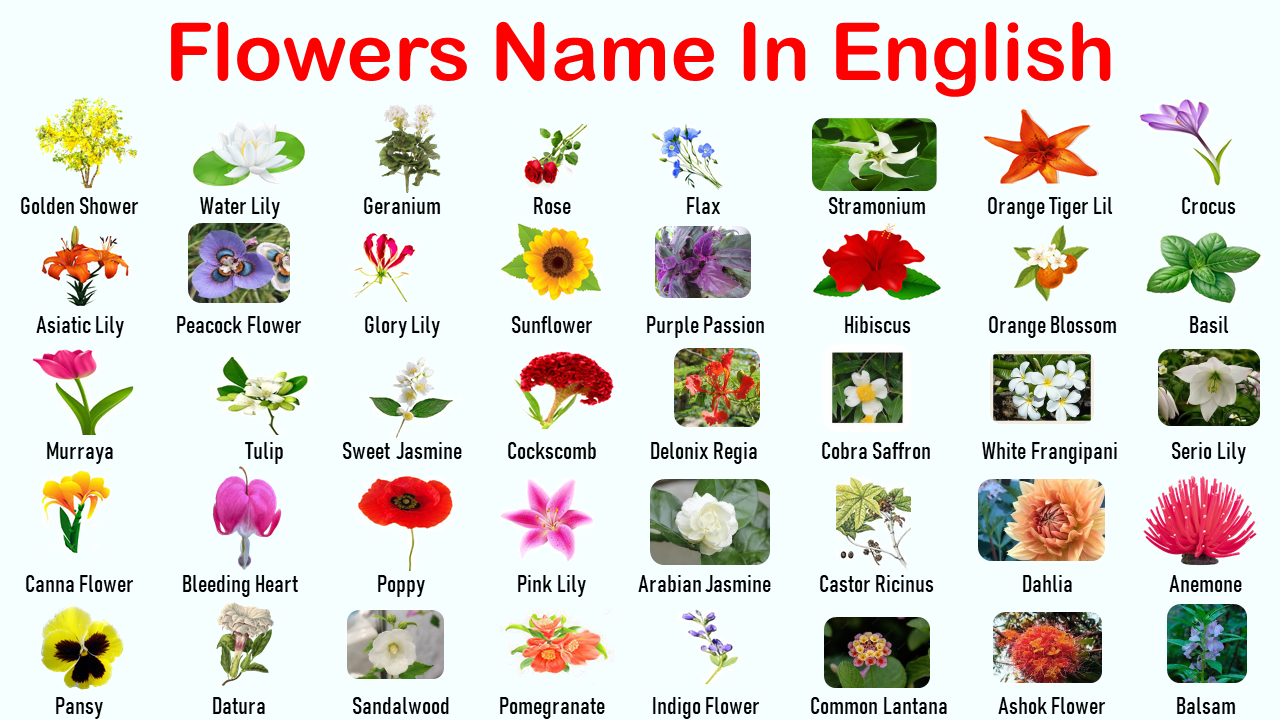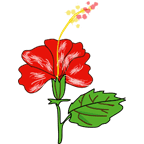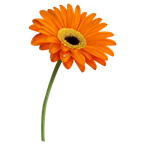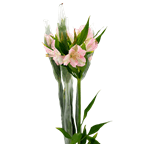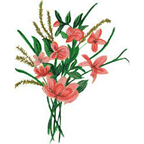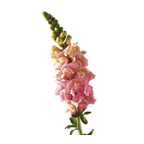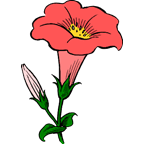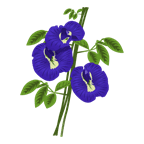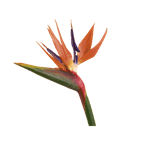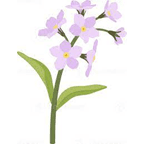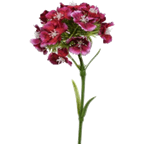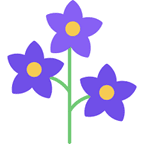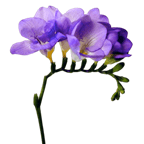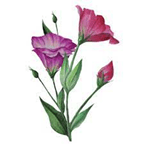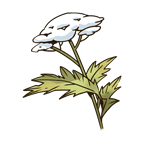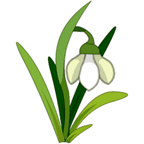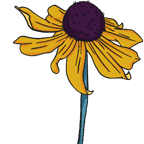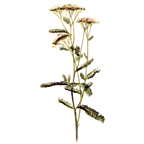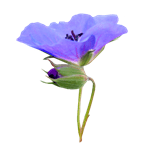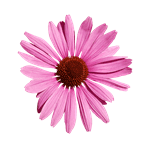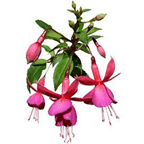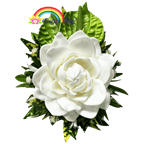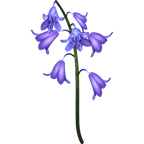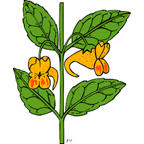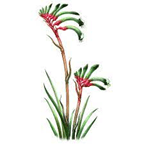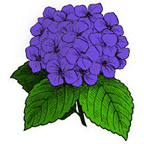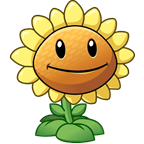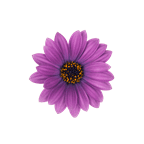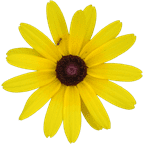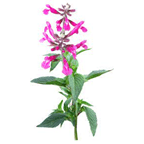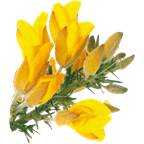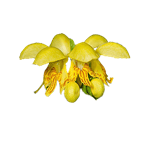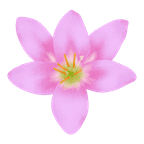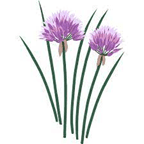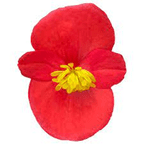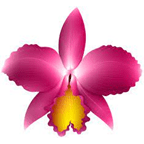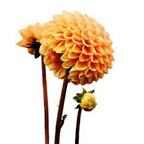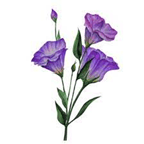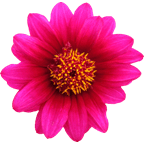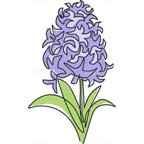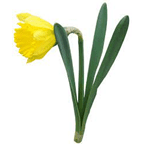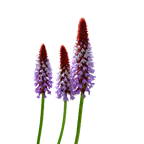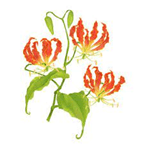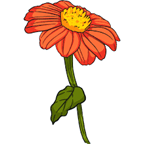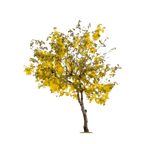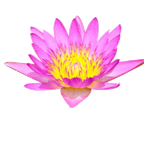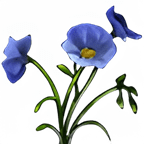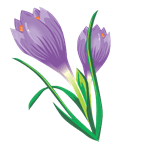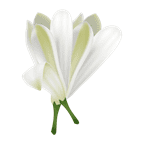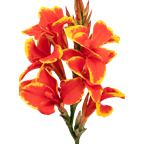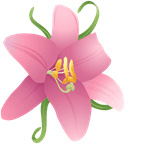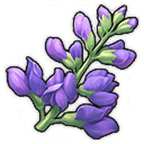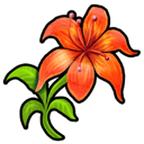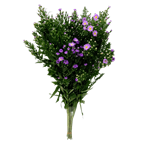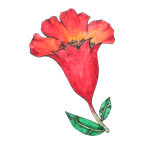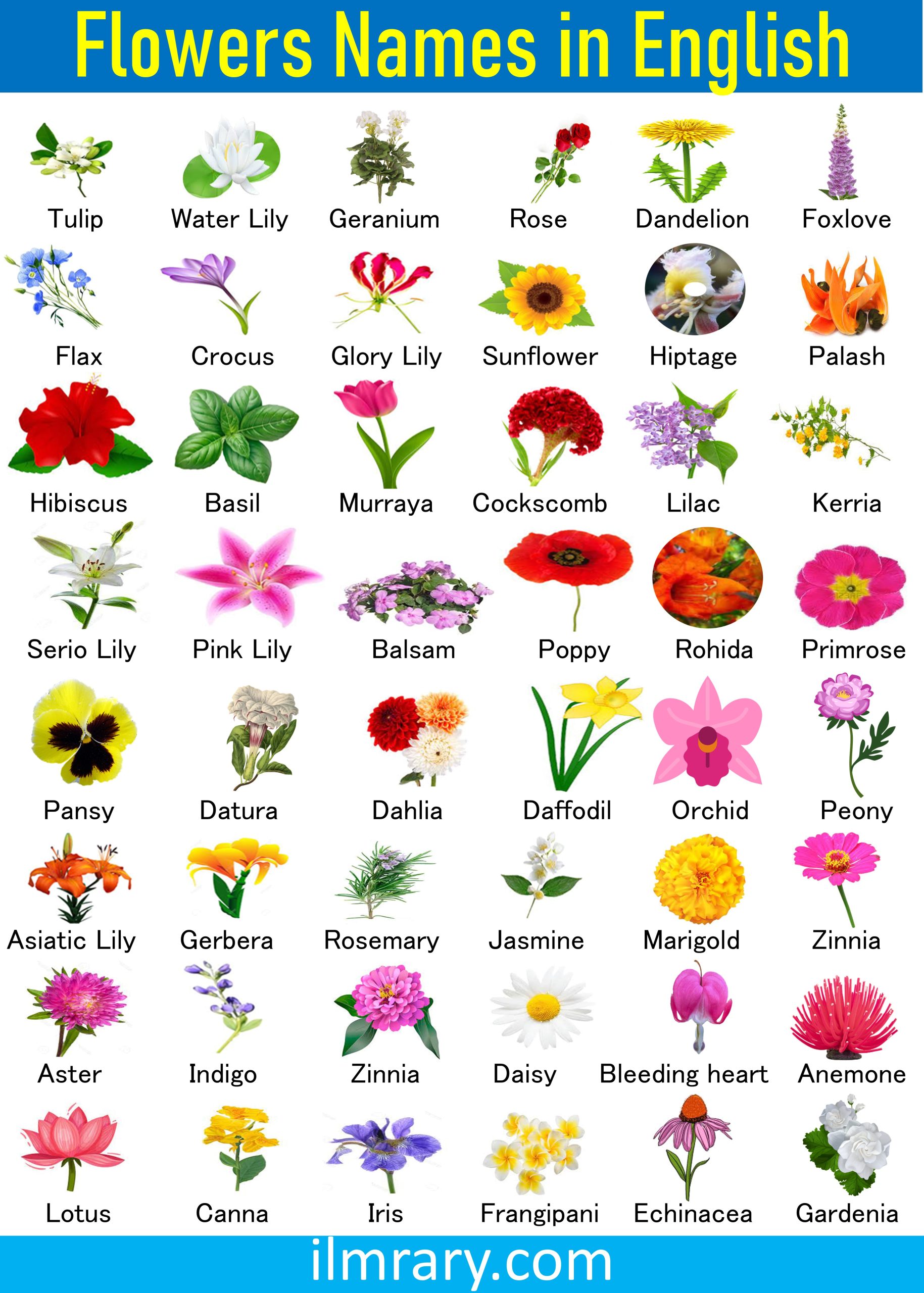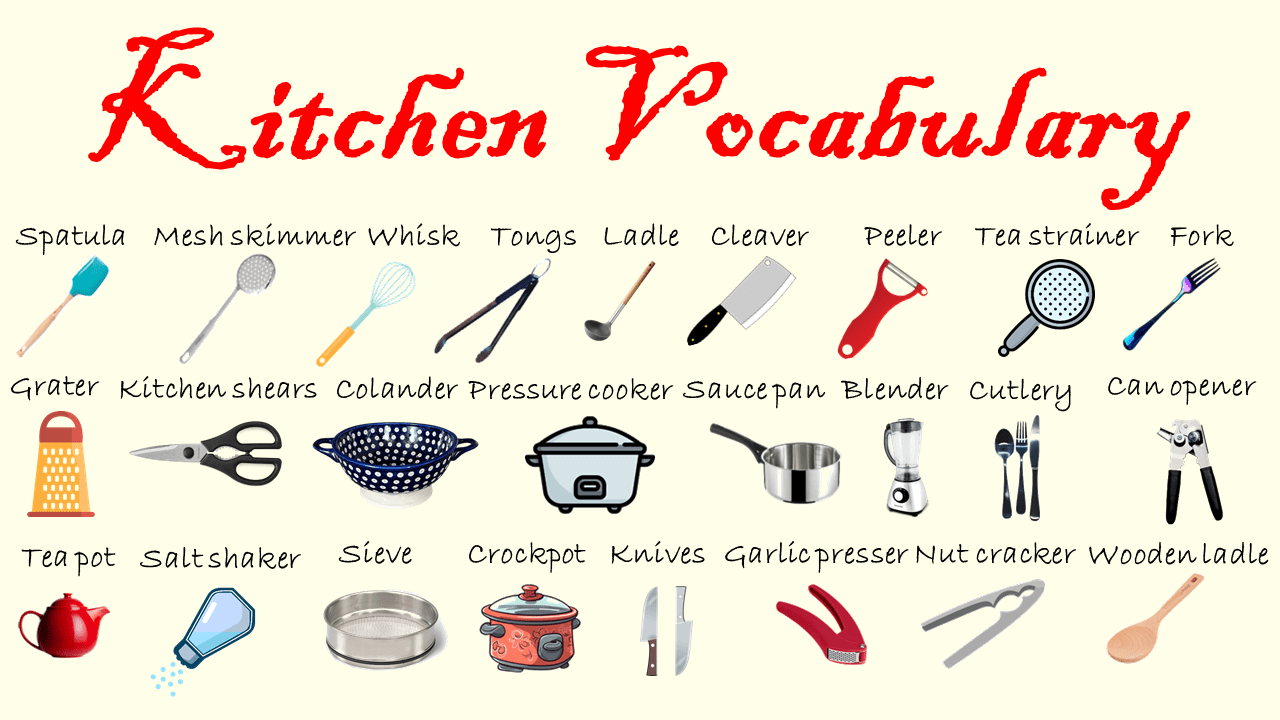Learning flower vocabulary is of great importance for several reasons. First and foremost, flowers play a crucial role in our daily lives and the natural world. They not only beautify our surroundings but also have significant cultural, emotional, and symbolic value. Knowing the names of different flowers enables us to appreciate their unique features and characteristics, enhancing our connection with nature and fostering a sense of wonder and awe. Moreover, understanding flower vocabulary is essential for gardeners, botanists, and horticulturists as it aids in plant identification, cultivation, and conservation efforts. It also facilitates effective communication and collaboration within these fields. Additionally, knowing flower names allows us to express our sentiments and emotions more precisely, as flowers often carry specific meanings in different cultures and contexts. Whether for personal enjoyment, professional pursuits, or cultural enrichment, learning flower vocabulary enriches our lives and deepens our understanding of the natural world around us. Learn flowers vocabulary with images to boss your english vocabulary.
Flowers Vocabulary in English with Images
Flowers Vocabulary with Short Description
Rose
A classic flower symbolizing love and beauty, available in various colors and often used for expressing emotions.
Lily:
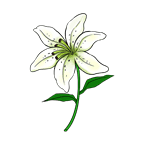 Elegant and fragrant, lilies come in different types and represent purity and renewal.
Elegant and fragrant, lilies come in different types and represent purity and renewal.
Sunflower:
Known for its bright yellow petals and tall stalk, the sunflower follows the sun and represents adoration and loyalty.
Tulip:
 With its graceful shape and vibrant colors, the tulip signifies perfect love and is associated with the arrival of spring.
With its graceful shape and vibrant colors, the tulip signifies perfect love and is associated with the arrival of spring.
Daisy:
A simple and cheerful flower, daisies symbolize innocence and are commonly found in meadows.
Orchid:
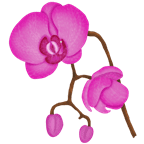 Exotic and delicate, orchids represent beauty, luxury, and refinement.
Exotic and delicate, orchids represent beauty, luxury, and refinement.
Carnation:
 Available in various colors, carnations symbolize admiration and love, making them popular for bouquets and gifts.
Available in various colors, carnations symbolize admiration and love, making them popular for bouquets and gifts.
Daffodil:
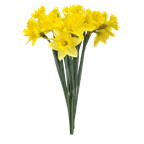 The daffodil’s bright yellow blooms announce the arrival of spring and symbolize new beginnings.
The daffodil’s bright yellow blooms announce the arrival of spring and symbolize new beginnings.
Peony:
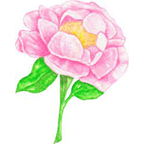 Known for its large, lush blooms, peonies represent romance, prosperity, and good fortune.
Known for its large, lush blooms, peonies represent romance, prosperity, and good fortune.
Hydrangea:
These voluminous flowers come in a variety of colors and symbolize gratitude and heartfelt emotions.
Chrysanthemum:
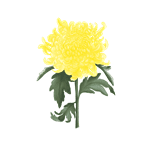 A versatile flower representing joy, optimism, and longevity, often used in various cultural celebrations.
A versatile flower representing joy, optimism, and longevity, often used in various cultural celebrations.
Vibrant and tropical, hibiscus flowers are associated with beauty and femininity.
Lavender:
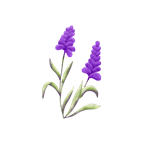 Known for its soothing fragrance, lavender is often associated with tranquility and relaxation.
Known for its soothing fragrance, lavender is often associated with tranquility and relaxation.
Marigold:
Bright and hardy, marigolds symbolize creativity and passion and are used in festive decorations.
Azalea:
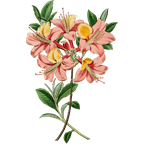 These colorful blooms symbolize femininity, abundance, and a fragile passion.
These colorful blooms symbolize femininity, abundance, and a fragile passion.
Jasmine:
With its sweet fragrance, jasmine represents purity and sensuality, often used in perfumes.
Iris:
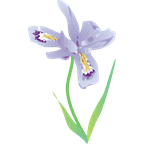 Named after the Greek goddess of the rainbow, the iris symbolizes hope, wisdom, and valor.
Named after the Greek goddess of the rainbow, the iris symbolizes hope, wisdom, and valor.
Gerbera:
 These cheerful flowers are known for their large, colorful blooms and represent happiness and purity.
These cheerful flowers are known for their large, colorful blooms and represent happiness and purity.
Poppy:
 Often associated with remembrance, poppies symbolize peace, consolation, and sleep.
Often associated with remembrance, poppies symbolize peace, consolation, and sleep.
Zinnia:
 Vibrant and hardy, zinnias symbolize endurance, affection, and lasting friendship.
Vibrant and hardy, zinnias symbolize endurance, affection, and lasting friendship.
These charming flowers resemble dragon jaws and symbolize strength and grace.
Ranunculus:
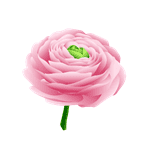 Delicate and multi-petaled, ranunculus flowers signify charm, attractiveness, and radiant beauty.
Delicate and multi-petaled, ranunculus flowers signify charm, attractiveness, and radiant beauty.
Bleeding Heart:
The heart-shaped flowers of this plant symbolize deep love and emotions.
Foxglove:
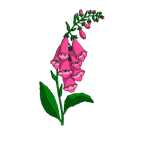 Tall and elegant, foxgloves are associated with healing and protection.
Tall and elegant, foxgloves are associated with healing and protection.
Anemone:
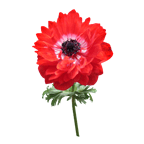
Delicate and graceful, anemones symbolize anticipation and fragility.
Delphinium:
These tall and vibrant flowers represent infinite possibilities and a big heart.
Aster:
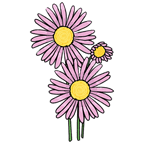 A symbol of patience and elegance, asters have star-like flowers in various colors.
A symbol of patience and elegance, asters have star-like flowers in various colors.
Cosmos:
 These daisy-like flowers symbolize order, peace, and tranquility.
These daisy-like flowers symbolize order, peace, and tranquility.
Jonquil:
Jonquils are fragrant spring flowers symbolizing sympathy and desire.
Magnolia:
 With large, showy blossoms, magnolias represent beauty, nobility, and perseverance.
With large, showy blossoms, magnolias represent beauty, nobility, and perseverance.
Nasturtium:
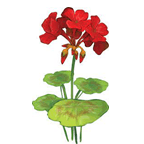 Nasturtiums are vibrant and edible flowers symbolizing patriotism and victory.
Nasturtiums are vibrant and edible flowers symbolizing patriotism and victory.
Pansy:
Pansies are known for their “faces” and symbolize thoughtfulness and remembrance.
Scabiosa:
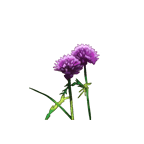 Also known as the pincushion flower, scabiosa symbolizes purity and love.
Also known as the pincushion flower, scabiosa symbolizes purity and love.
Thistle:
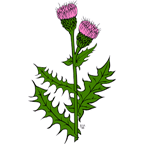 The thistle represents protection, resilience, and independence.
The thistle represents protection, resilience, and independence.
Verbena:
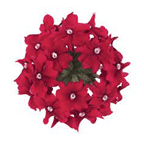 Verbena flowers symbolize enchantment, creativity, and healing.
Verbena flowers symbolize enchantment, creativity, and healing.
Wisteria:
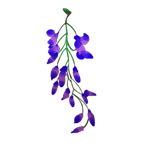 Known for its hanging clusters of flowers, wisteria symbolizes long-lasting love and devotion.
Known for its hanging clusters of flowers, wisteria symbolizes long-lasting love and devotion.
Dandelion:
 Though considered a weed, dandelions symbolize wishes, hope, and resilience.
Though considered a weed, dandelions symbolize wishes, hope, and resilience.
Hellebore:
 Also called the Christmas Rose, hellebores represent serenity and tranquility.
Also called the Christmas Rose, hellebores represent serenity and tranquility.
Heather:
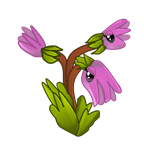 Heather flowers represent admiration, good luck, and protection.
Heather flowers represent admiration, good luck, and protection.
Iberis:
 Also known as candytuft, Iberis symbolizes purity and kindness.
Also known as candytuft, Iberis symbolizes purity and kindness.
Commonly known as the red hot poker plant, kniphofia symbolizes transformation and vibrancy.
Nerine:
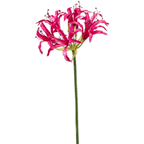 Nerines symbolize femininity, elegance, and grace.
Nerines symbolize femininity, elegance, and grace.
Oenothera:
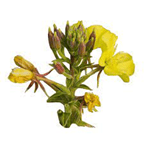 Also known as evening primrose, Oenothera symbolizes devotion and love.
Also known as evening primrose, Oenothera symbolizes devotion and love.
Passiflora:
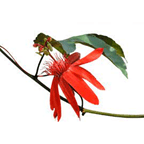 Commonly known as the passionflower, Passiflora symbolizes passion and spiritual awakening.
Commonly known as the passionflower, Passiflora symbolizes passion and spiritual awakening.
Rhododendron:
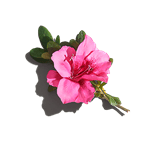 Rhododendrons represent caution, a reminder to be wary and thoughtful.
Rhododendrons represent caution, a reminder to be wary and thoughtful.
Yucca:
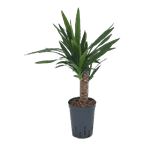 Yucca flowers symbolize purification and cleansing.
Yucca flowers symbolize purification and cleansing.
List of Scientific Names of Flowers
- Rose: Rosa spp.
- Lily: Lilium spp.
- Sunflower: Helianthus annuus
- Tulip: Tulipa spp.
- Daisy: Bellis perennis
- Orchid: Orchidaceae family (many species with specific names)
- Carnation: Dianthus caryophyllus
- Daffodil: Narcissus spp.
- Peony: Paeonia spp.
- Hydrangea: Hydrangea spp.
- Chrysanthemum: Chrysanthemum spp.
- Hibiscus: Hibiscus spp.
- Marigold: Tagetes spp.
- Azalea: Rhododendron spp.
- Jasmine: Jasminum spp.
- Iris: Iris spp.
- Gerbera: Gerbera spp.
- Poppy: Papaver spp.
- Zinnia: Zinnia spp.
- Snapdragon: Antirrhinum majus
- Morning Glory: Ipomoea spp.
- Ranunculus: Ranunculus spp.
- Bleeding Heart: Lamprocapnos spectabilis
- Foxglove: Digitalis purpurea
- Anemone: Anemone spp.
- Delphinium: Delphinium spp.
- Aster: Aster spp.
- Cosmos: Cosmos spp.
- Jonquil: Narcissus jonquilla
- Magnolia: Magnolia spp.
- Nasturtium: Tropaeolum spp.
- Pansy: Viola tricolor
- Scabiosa: Scabiosa spp.
- Thistle: Cirsium spp.
- Verbena: Verbena spp.
- Wisteria: Wisteria spp.
- Dandelion: Taraxacum officinale
- Hellebore: Helleborus spp.
- Heather: Calluna vulgaris
- Honeysuckle: Lonicera spp.
- Iberis: Iberis spp.
- Kniphofia: Kniphofia spp.
- Larkspur: Delphinium consolida
- Nerine: Nerine bowdenii
- Oenothera: Oenothera spp.
- Passiflora: Passiflora spp.
- Rhododendron: Rhododendron spp.
- Yucca: Yucca spp.
Different Colors of Flowers
Red:
Rose, Poppy, Tulip, Gerbera, Poinsettia
Pink:
Peony, Carnation, Azalea, Lily, Cherry Blossom
White:
Lily, Daisy, Orchid, Magnolia, Jasmine
Yellow:
Sunflower, Daffodil, Marigold, Dahlia, Primrose
Orange:
Marigold, Zinnia, Tiger Lily, California Poppy
Blue:
Bluebell, Cornflower, Delphinium, Hydrangea
Purple:
Lavender, Iris, Lilac, Orchid, Hyacinth
Lavender:
Lilac, Lavender, Verbena, Allium
Green:
Green Orchid, Green Zinnia, Green Hydrangea
Peach:
Peach Rose, Peach Tulip, Peach Gerbera
Coral:
Coral Peony, Coral Snapdragon, Coral Rose
Magenta:
Magenta Daisy, Magenta Pansy, Magenta Orchid
Violet:
Violet Iris, Violet Crocus, Violet Aster
Burgundy:
Burgundy Rose, Burgundy Dahlia, Burgundy Lily
Cream:
Cream Rose, Cream Lily, Cream Dahlia
Gold:
Gold Marigold, Gold Chrysanthemum, Gold Poppy
Silver:
Silver Thistle, Silver Sage, Silver Brunia
Indigo:
Indigo Morning Glory, Indigo Cornflower
Turquoise:
Turquoise Zinnia, Turquoise Daisy
Rainbow:
Rainbow Rose (a multicolored hybrid rose)
Black:
Black Tulip, Black Hollyhock
Garden Flowers Names
- Rose
- Tulip
- Daisy
- Sunflower
- Lily
- Orchid
- Peony
- Marigold
- Hydrangea
- Pansy
- Snapdragon
- Daffodil
- Iris
- Geranium
- Lavender
- Chrysanthemum
- Zinnia
- Carnation
- Cosmos
- Sweet Pea
- Poppy
- Honeysuckle
- Gladiolus
- Amaryllis
- Aster


